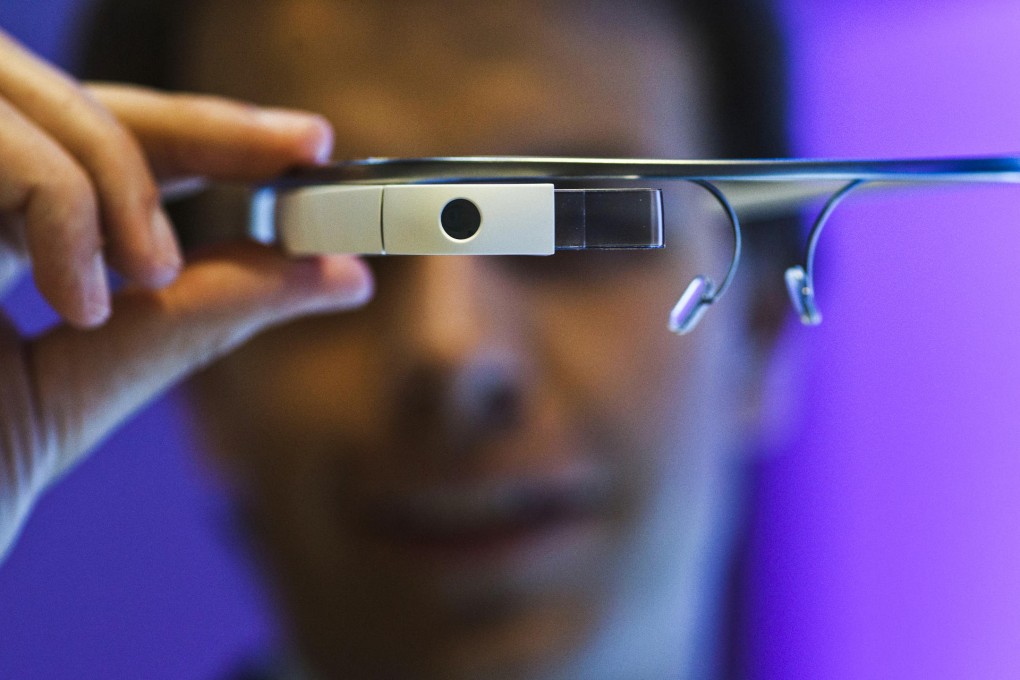Why Google Glass is turning consumers off
Product is difficult to use, intrusive, distracting and offers few reasons to buy

It's surely one of the most discussed products of the year, but does anyone want to buy Google Glass? Wearable devices are this year's hottest products, with discussion about the search engine's smart glasses far ahead of anything else, but sightings of Glass wearers are rare.
There is, of course, one very good reason for that. The product on sale currently is the Google Glass Explorer Edition Version 2.0, which sells for around HK$13,300. That's a lot of cash for something you didn't know you needed.
So what does Google Glass actually do? Physically, if you go for the shades accessory, it looks like a bulky pair of sunglasses, hiding a tiny transparent display that's positioned just to the right of your right eye.
Glass runs on Android and displays information in a smartphone-like format on that tiny screen, which is like looking at a 25-inch computer monitor from around two metres away. During my two weeks with Google Glass, that transparent screen was always slightly out of focus and uncomfortable to look at, despite being adjustable.
At its core, Glass is a hands-free camera, and for most users, that's probably about it. It can operate by spoken word ("Glass, take a photo) but it manages only five-megapixel photos and 720p HD videos.
The quality isn't bad, but what you see in the viewfinder and the photo that is actually taken differs significantly. One effective feature - although slightly worrying to those for whom privacy is important - is an experimental one that takes photos when the wearer winks, albeit in an exaggerated way.